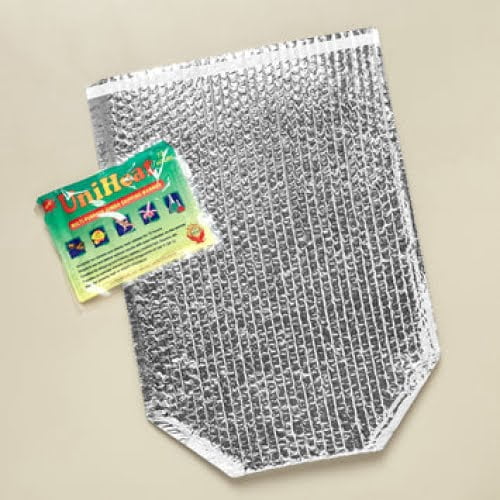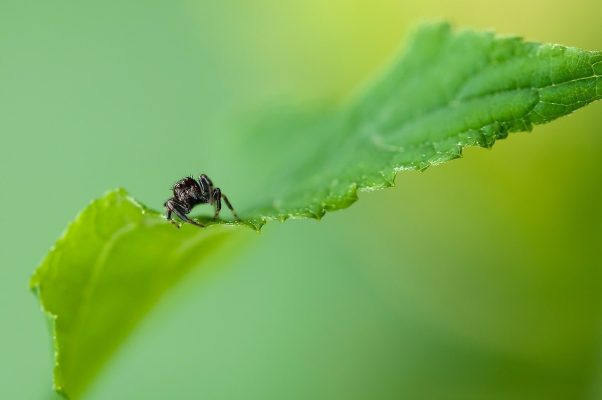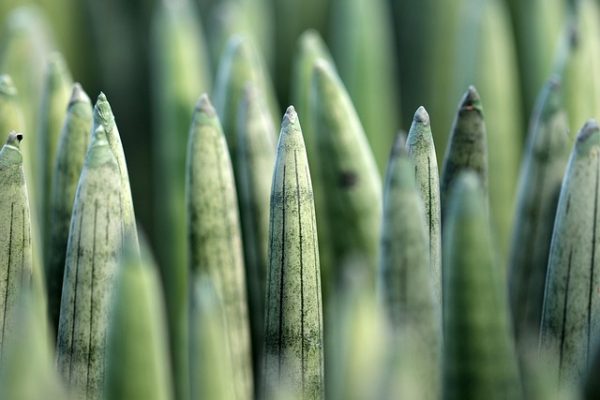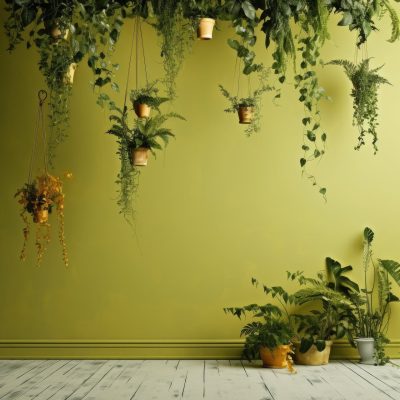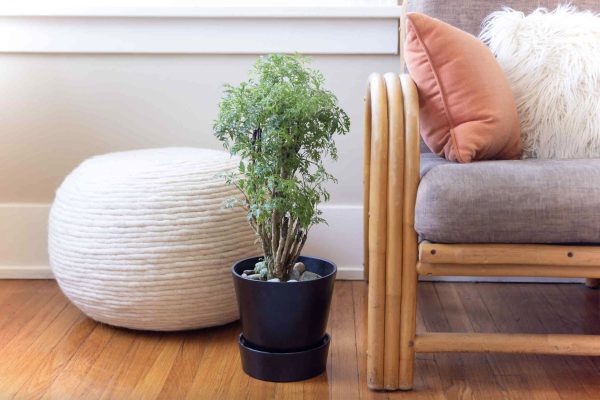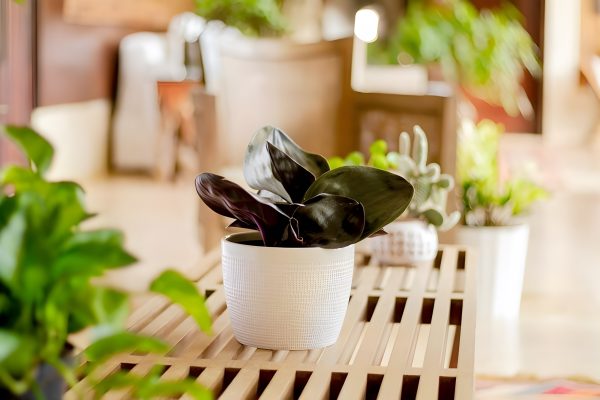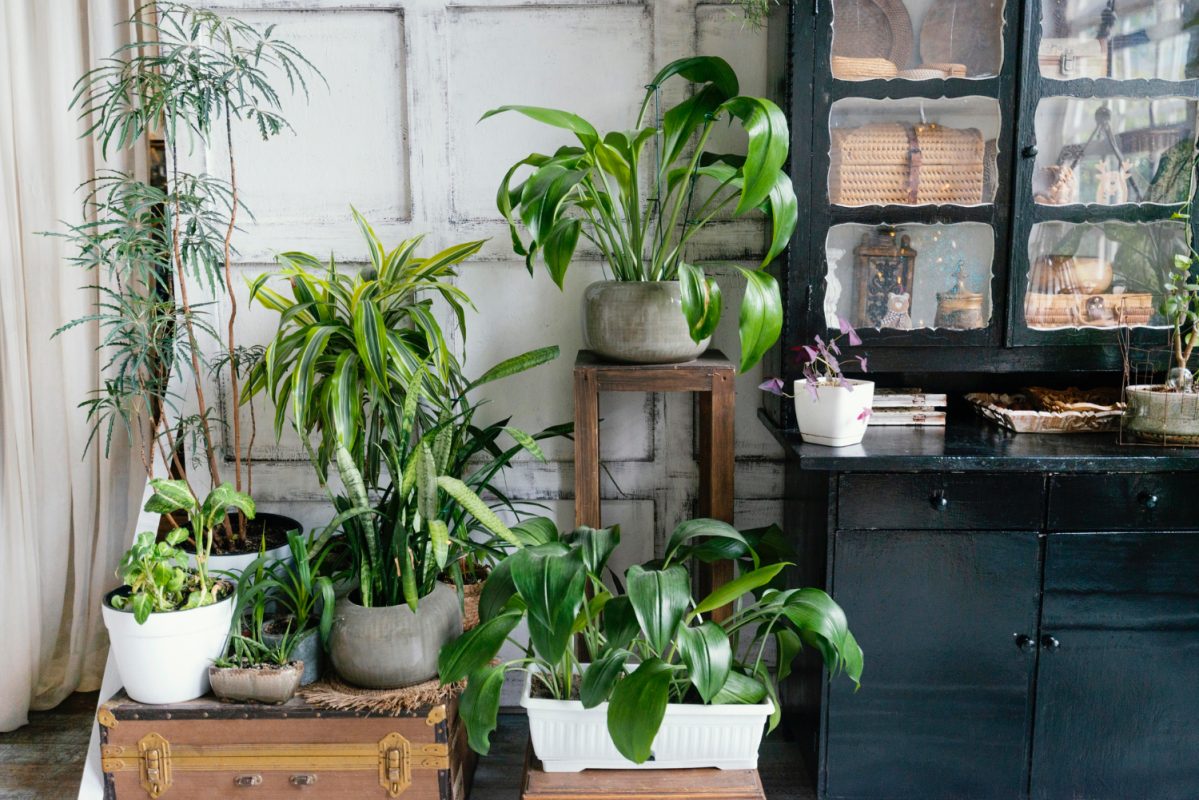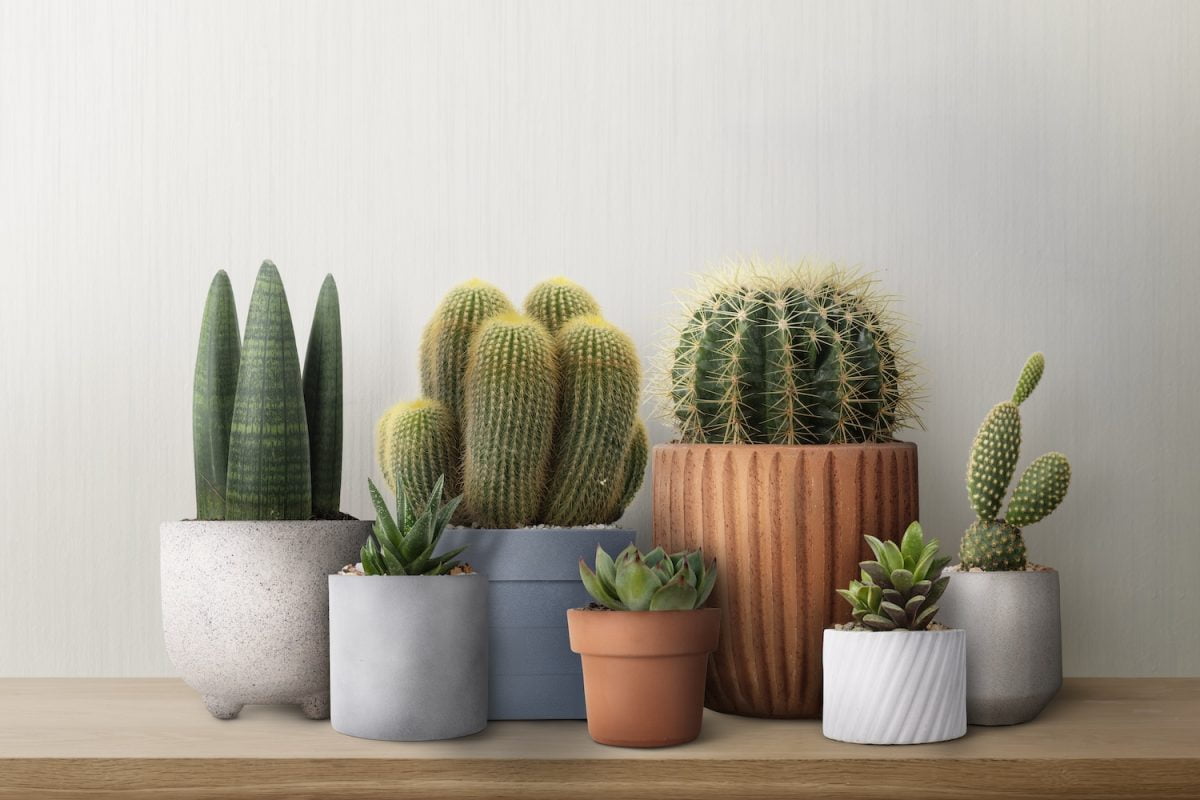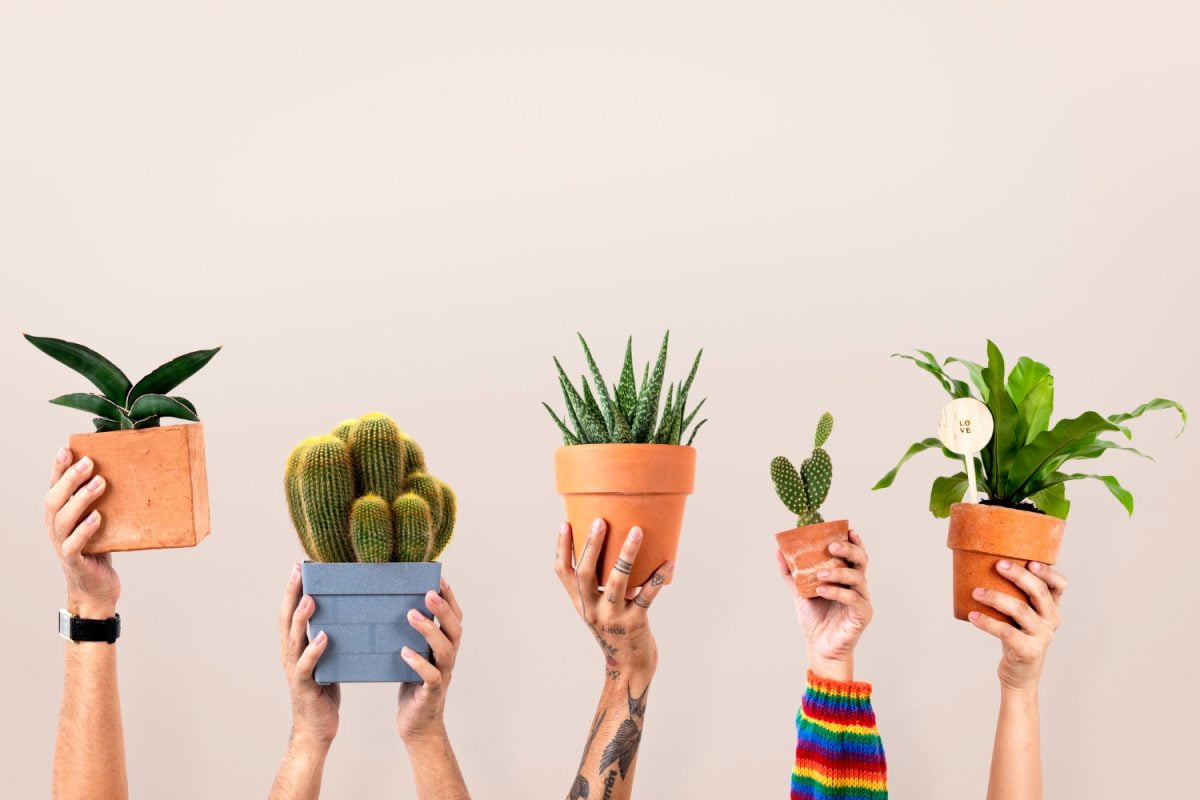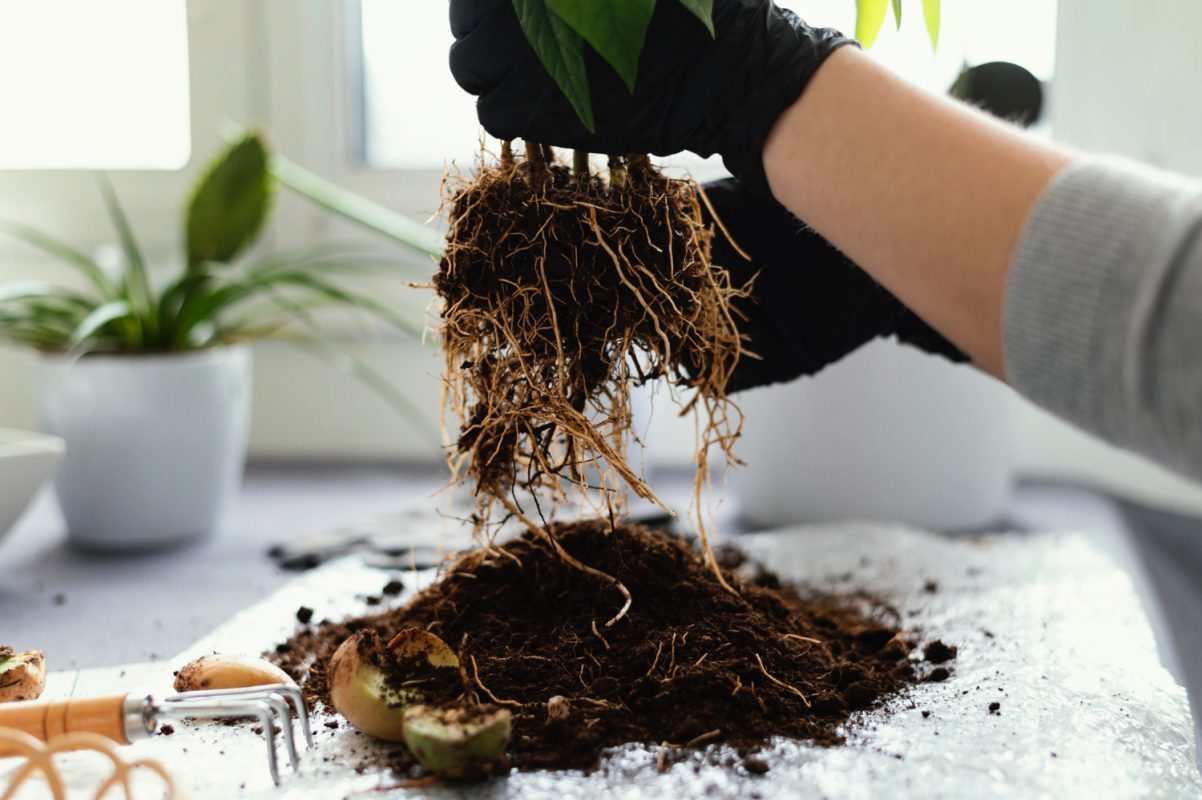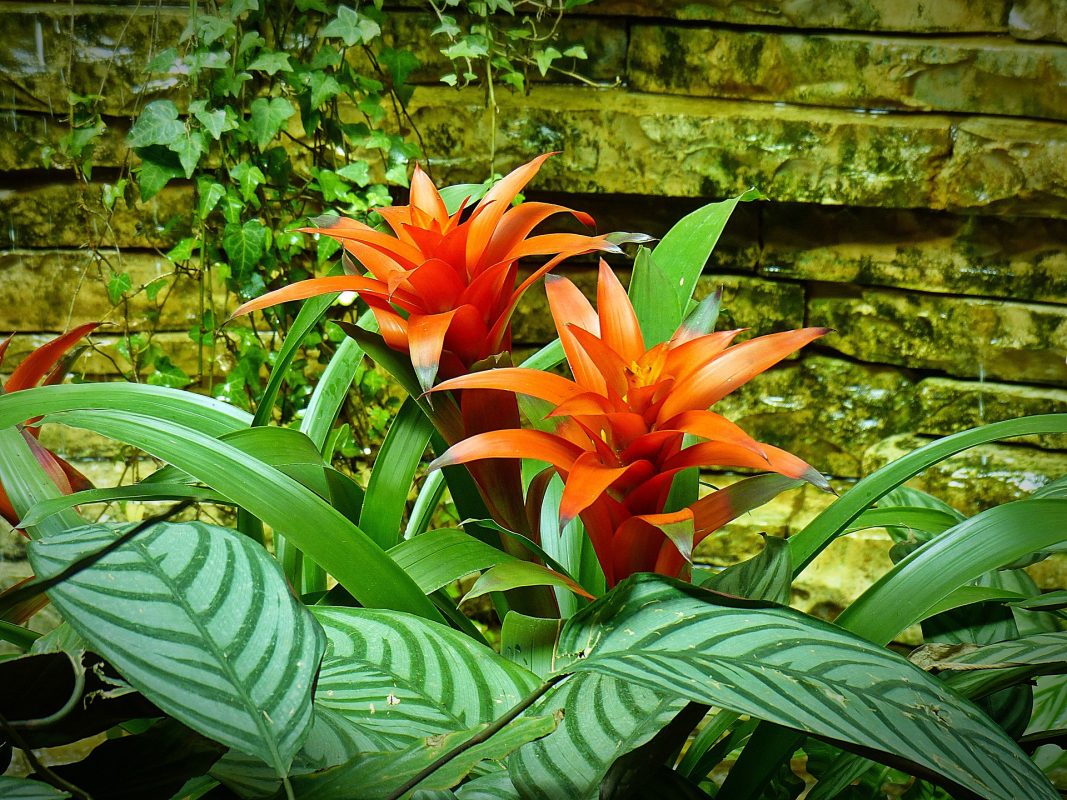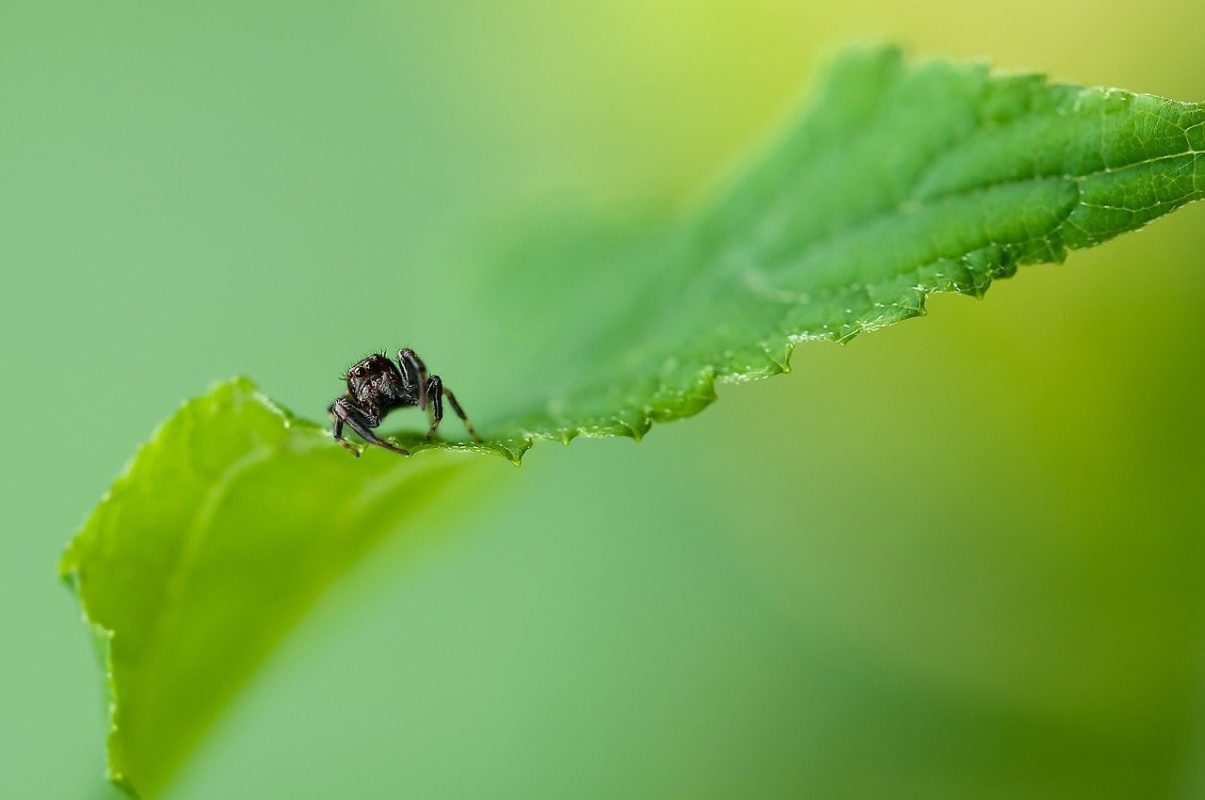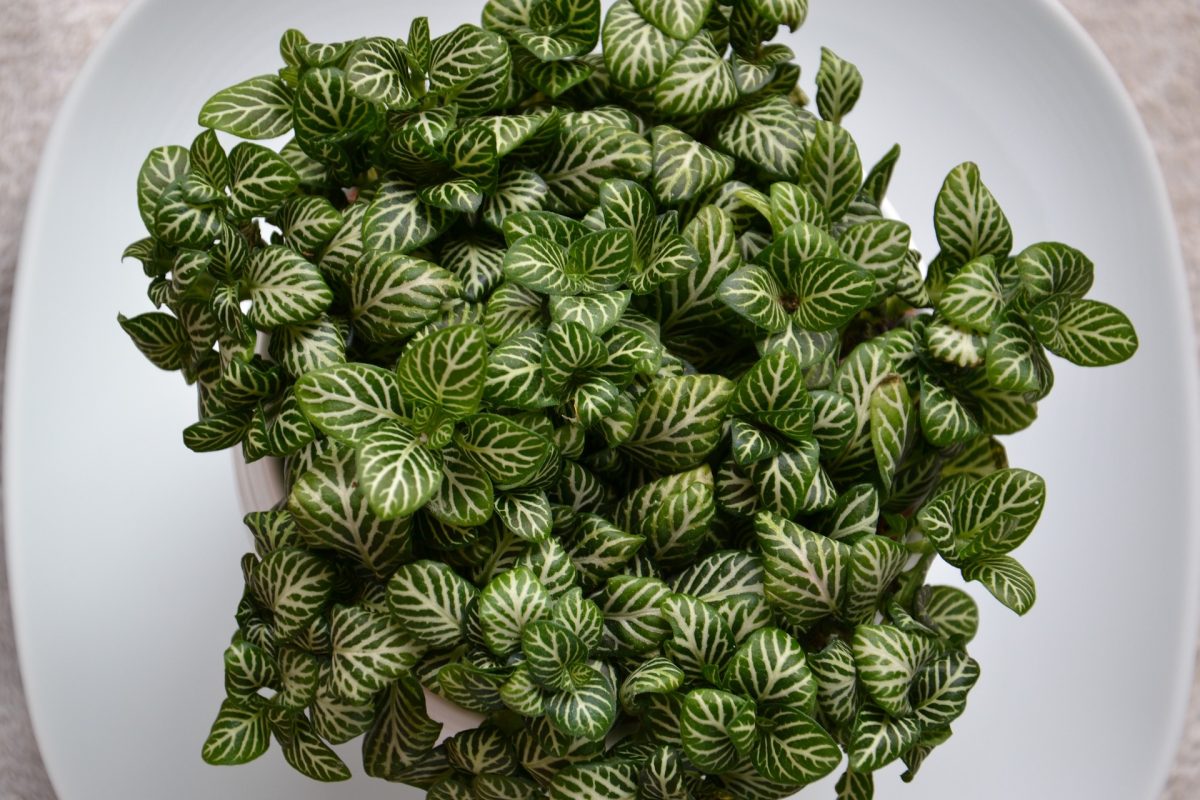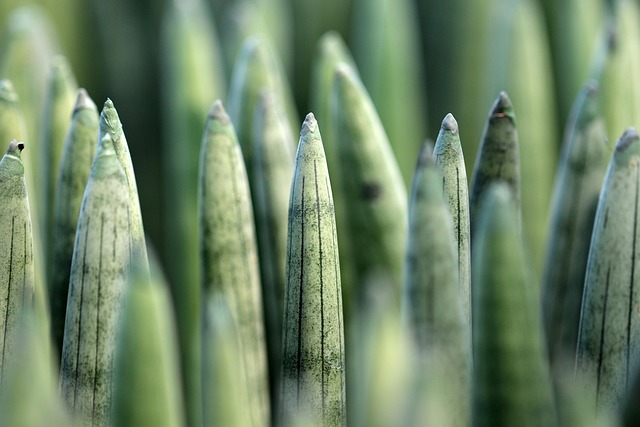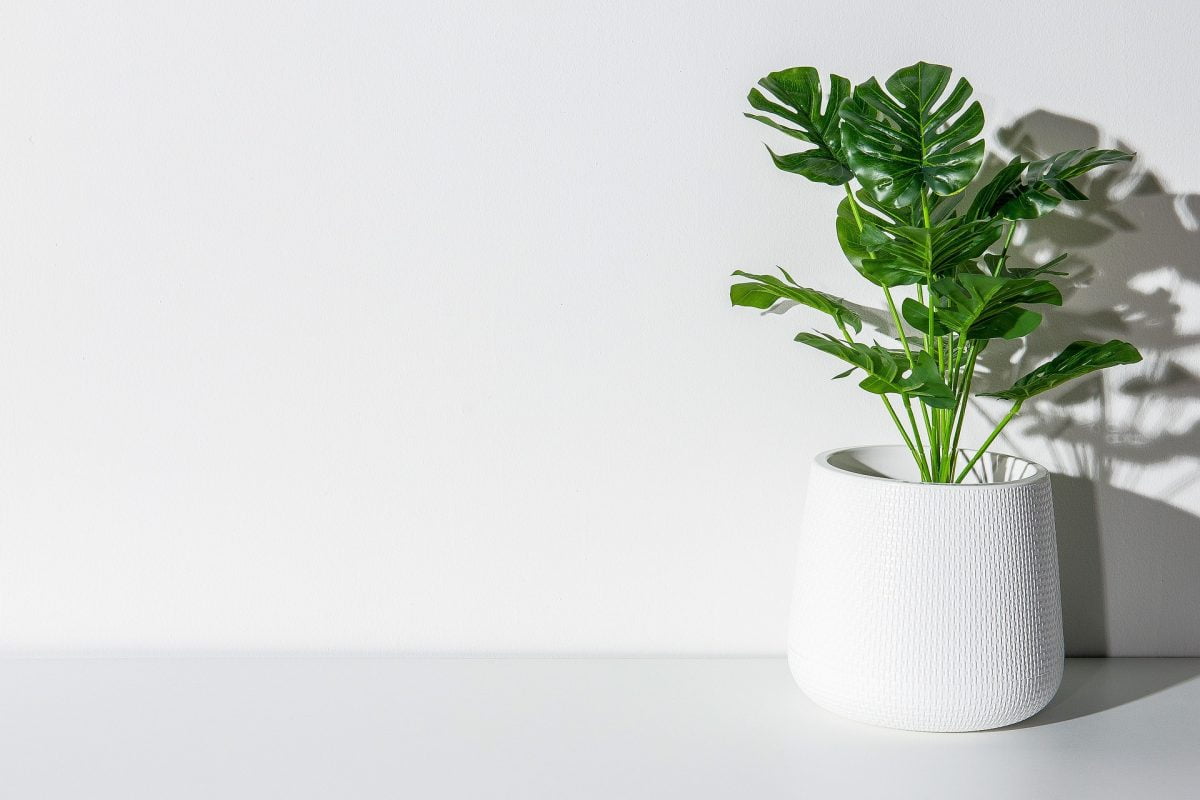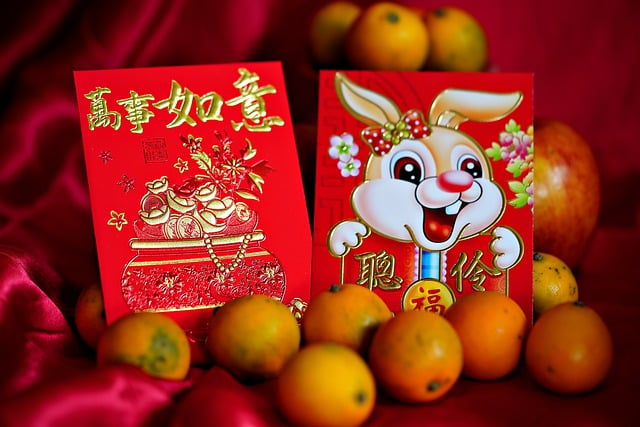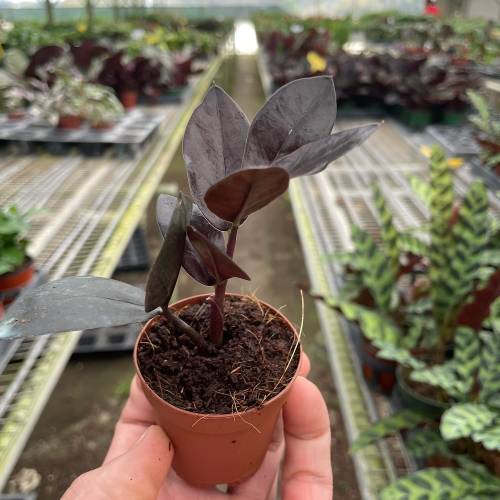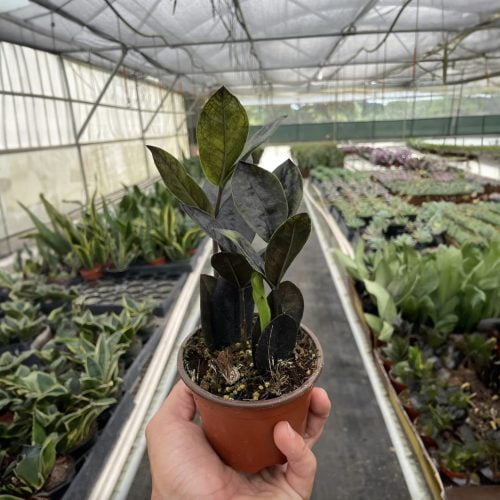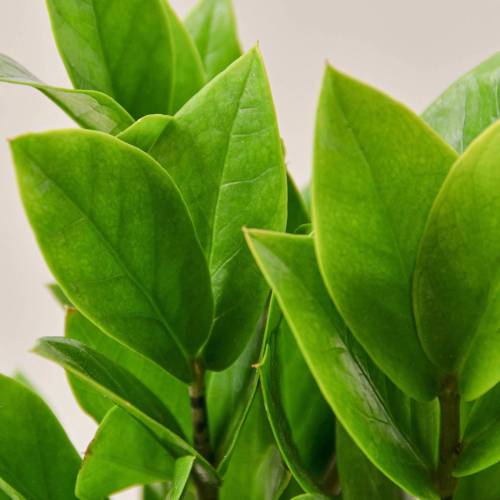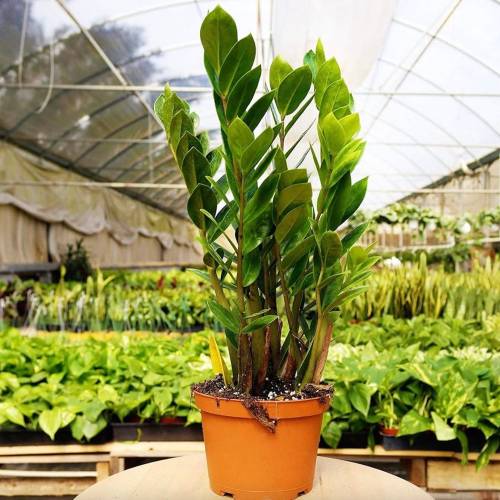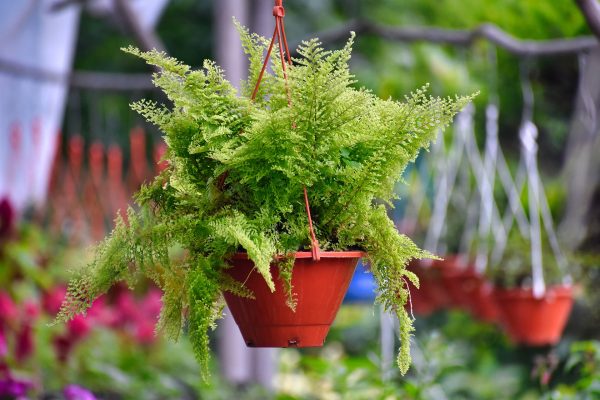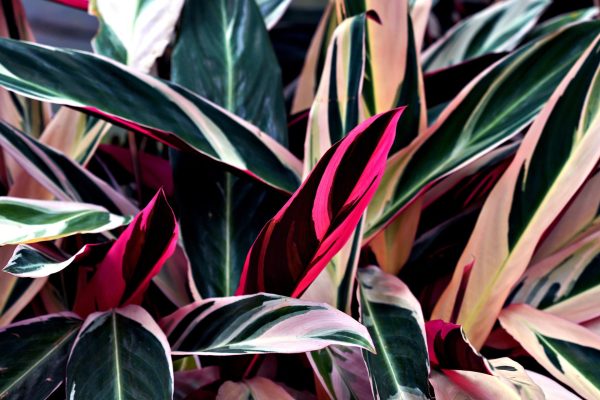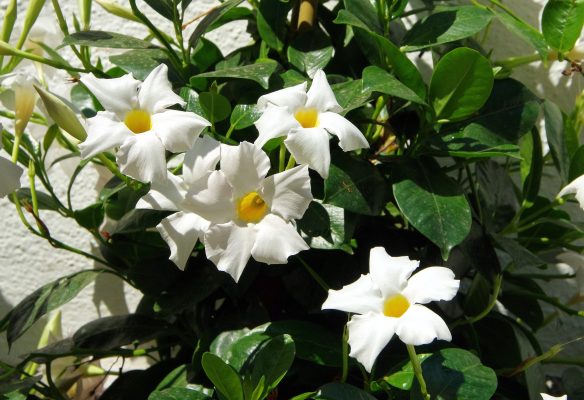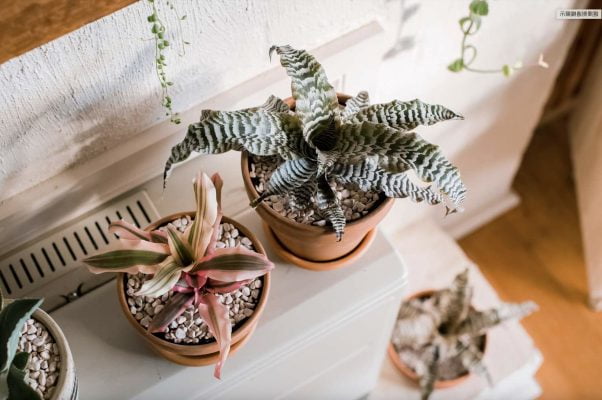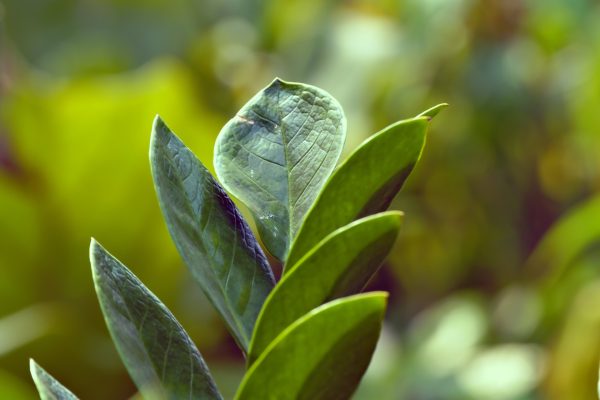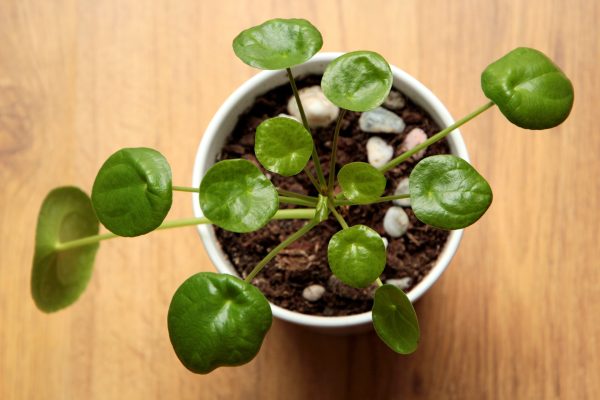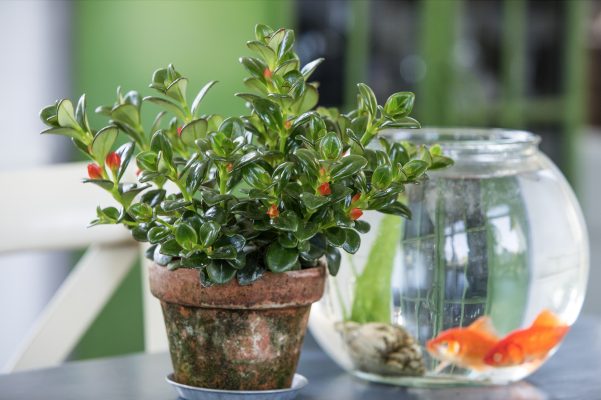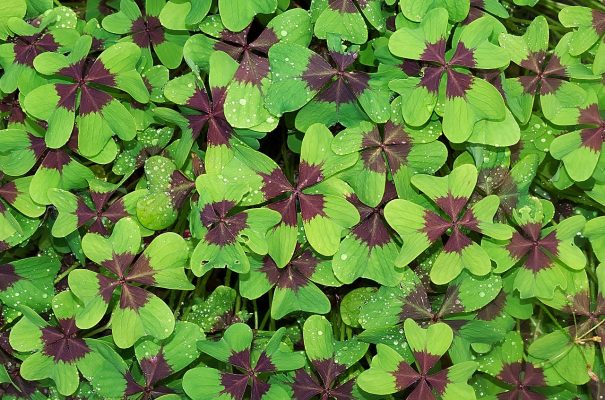The ZZ Plant, esteemed for its sturdy nature and glossy, dark-green foliage, is a low-maintenance and visually appealing houseplant that adds a touch of sophistication to any indoor setting. This comprehensive care guide is your compass to cultivating the resilient elegance of Zamioculcas zamiifolia, guiding you through the steps to promote robust growth, maintain optimal conditions, and infuse your home with the natural charm of this enduring species.
I. Plant Overview:
- Scientific Name: Zamioculcas zamiifolia
- Common Names: ZZ Plant, Zanzibar Gem, Eternity Plant
- Origin: Native to eastern Africa.
II. Light Requirements:
- Ideal Conditions: Low to bright, indirect light. ZZ Plants are adaptable to a wide range of light conditions.
- Tolerance: Tolerant of low light but thrives in bright, indirect light.
III. Watering:
- Frequency: Allow the top 2 inches of soil to dry before watering. ZZ Plants are drought-tolerant.
- Water Quality: Use room-temperature water. ZZ Plants are resilient to different water qualities.
- Humidity: Adapts well to average indoor humidity levels.
IV. Soil:
- Type: Well-draining potting mix. A mix for cacti or succulents is suitable.
- pH Level: Neutral to slightly acidic (pH 6.0-7.0).
V. Temperature and Humidity:
- Temperature: Maintain a moderate environment between 65-75°F (18-24°C).
- Humidity: ZZ Plants are adaptable to a range of humidity levels.
VI. Fertilization:
- Schedule: Feed every 2-3 months during the growing season (spring and summer).
- Fertilizer: Use a balanced liquid fertilizer, diluted to half strength. ZZ Plants are not heavy feeders.
VII. Pruning and Maintenance:
- Pruning: Trim yellow or damaged leaves close to the base. ZZ Plants have a natural, upright growth habit.
- Cleaning: Wipe leaves with a damp cloth to remove dust. ZZ Plants are relatively low-maintenance.
VIII. Repotting:
- Frequency: Repot every 2-3 years or when the ZZ Plant outgrows its container.
- Procedure: Gently lift the plant, inspect roots, and repot in fresh soil. Choose a container with drainage holes.
IX. Common Issues and Solutions:
- Yellowing Leaves: Overwatering. Allow the soil to dry out between waterings.
- Pests: ZZ Plants are resistant to most pests. Occasionally check for spider mites or mealybugs.
X. Display Tips:
- Showcase the resilient elegance of ZZ Plants in contemporary or minimalist settings.
- Group ZZ Plants together for a dramatic and lush display.
- Experiment with different pot styles to enhance the modern appeal of the ZZ Plant.
Cultivating ZZ Plants allows you to savor the beauty of a resilient and enduring houseplant. This guide empowers you to care for Zamioculcas zamiifolia, ensuring its timeless elegance thrives and enriches the natural allure of your indoor environment. Happy gardening!
our recommendation
you may also want to know



